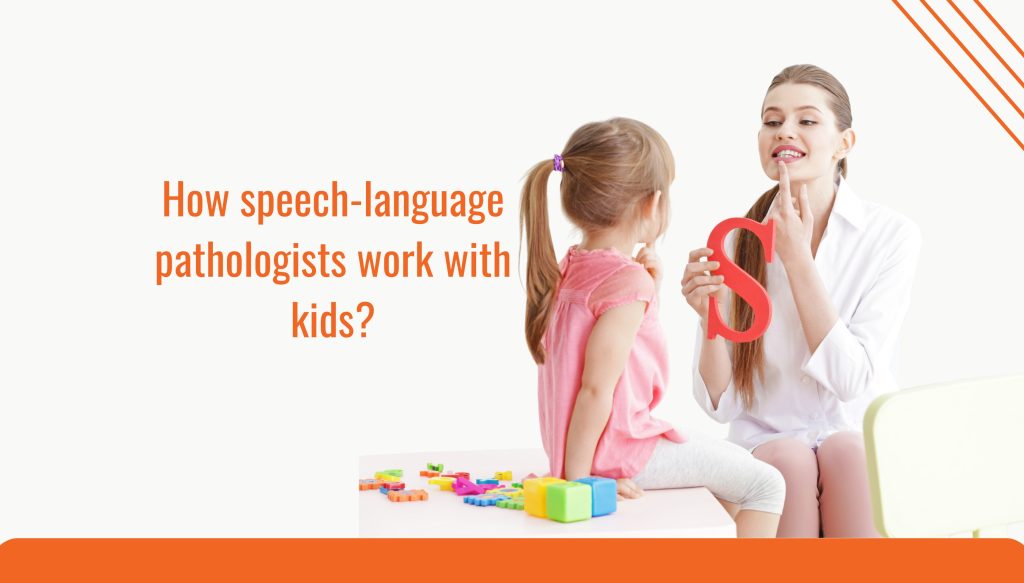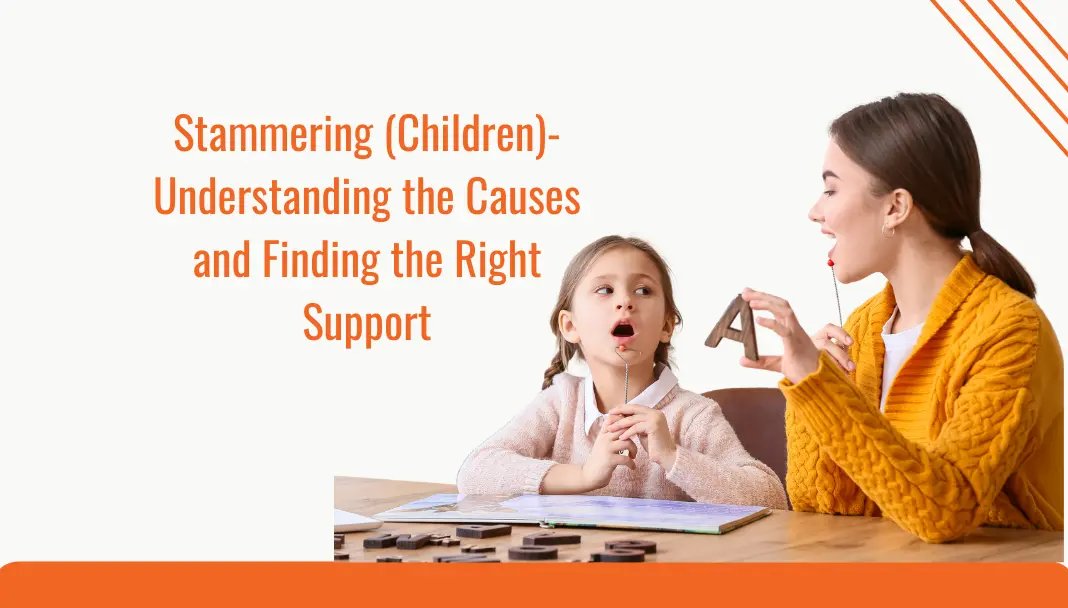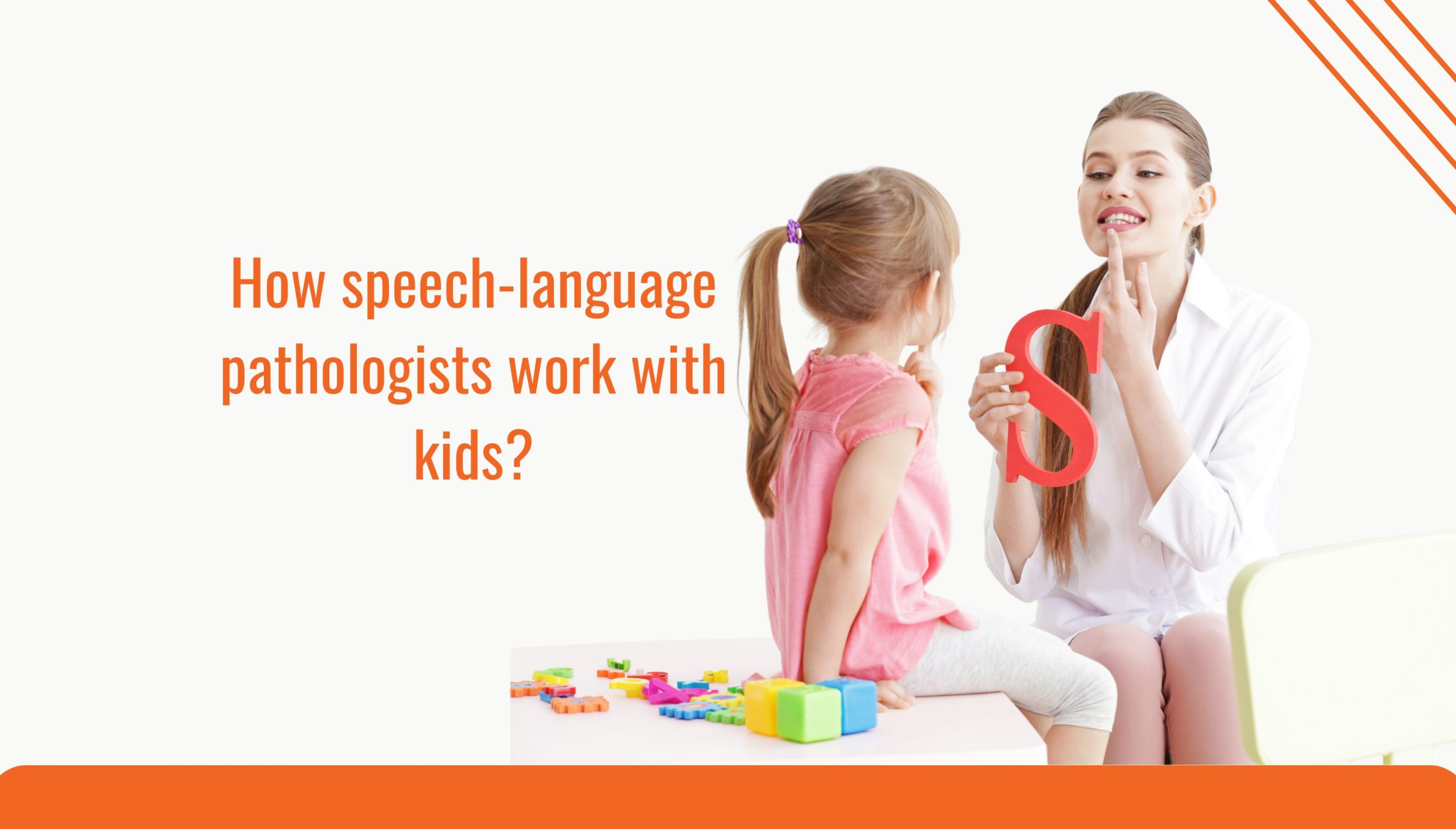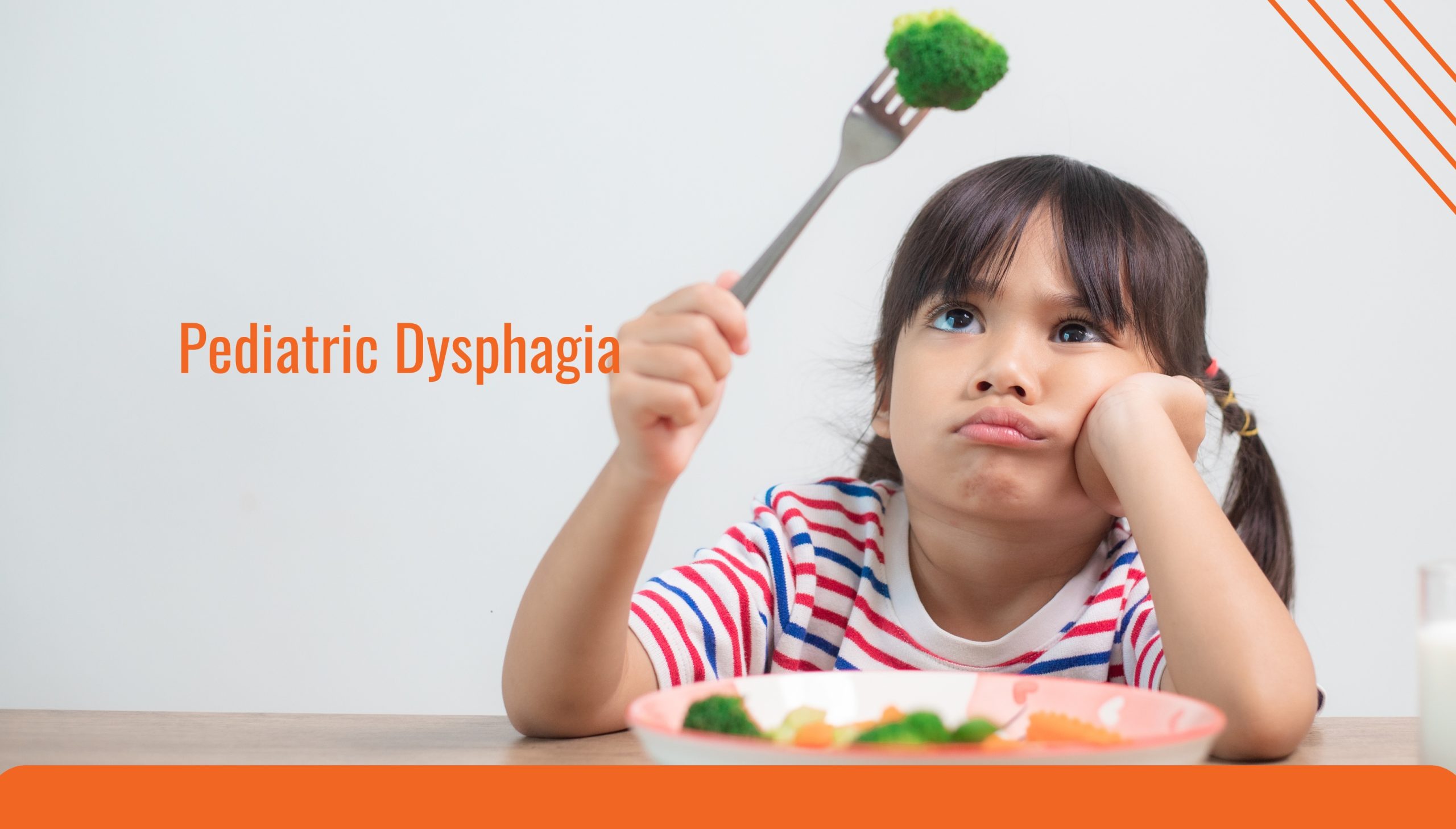Every child deserves the chance to communicate, connect, and express themselves fully. For some children, however, developing clear and effective communication can present unique challenges.
This is where the invaluable expertise of speech-language pathologists (SLPs), often called speech therapists or kids speech pathologists, plays a pivotal role in unlocking little voices and fostering confident communicators.
At Neuropedia, we understand the intricate connection between communication and a child’s overall development.
Speech-language pathologists are highly trained and licensed professionals who work with children of all ages, from toddlers to teenagers, addressing a broad spectrum of communication and swallowing difficulties. Their work is multifaceted, encompassing assessment, diagnosis, and the implementation of tailored speech therapy interventions.
What is a speech and language pathologist, and what do they do?
Speech-language pathologists are professionals who have completed graduate-level education, typically at the master’s or doctoral level, in speech-language pathology.
They possess in-depth knowledge of typical communication development and various disorders impacting a child’s ability to speak, understand language, socialise, read, and even swallow safely.
They use their expertise to assess challenges and craft custom treatment approaches that empower children to achieve their best. The range of practice for a speech pathologist for a child is broad.
They work with children who experience challenges such as:
Articulation and phonology: Difficulty producing speech sounds correctly, leading to unclear speech.
Language disorders (Receptive and expressive): Challenges understanding what others are saying (receptive language) and expressing their thoughts and ideas (expressive language).
Fluency disorders (Stuttering): Disruptions in speech flow can include repetitions, prolonged sounds, and speech blocks.
Social communication disorders: Difficulties understanding and using social communication cues, often seen in children with autism spectrum disorder.
Voice disorders: Problems with the voice’s quality, pitch, or loudness.
Feeding and swallowing difficulties (Dysphagia): Challenges with safely and efficiently eating and drinking.
What is speech therapy?
Speech therapy provides specialised care aimed at improving speech and language skills, and in certain cases, it also addresses the ability to eat and swallow safely. It is provided by speech-language pathologists (SLPs), also known as speech therapists, who assess, diagnose, and treat a variety of speech, language, voice, fluency, and swallowing disorders.
In simpler terms:
Speech therapy helps people especially children learn how to:
- Say sounds and words more clearly.
- Understand and use language better.
- Communicate more effectively with others.
- Control stuttering or voice problems.
- Eat and swallow safely when there are difficulties.
It can involve fun and engaging activities like games, storytelling, role-playing, and using visuals or technology, especially when working with kids.
How does speech therapy work? A personalised approach
The cornerstone of effective speech therapy is its individualised nature. A child’s speech pathologist begins with a comprehensive assessment to understand the child’s specific strengths and weaknesses.
This may involve observing the child’s communication skills during play, conducting standardised tests, and gathering information from parents, teachers, and other professionals.
The SLP uses assessment results to design a customised intervention plan with goals that are SMART: Specific, measurable, attainable, relevant, and time-bound.
How does speech therapy work in practice?
It involves a variety of engaging and interactive activities designed to target the identified communication challenges. These activities might include:
Play-based therapy: Utilising toys, games, and imaginative play to encourage communication and language development in a natural and motivating way.
Articulation therapy: Guiding children in correct speech sound production through demonstration, practice, and visual prompts.
Language therapy: Employing strategies to expand vocabulary, improve sentence structure, enhance comprehension, and develop narrative skills.
Social skills training: Using role-playing, social stories, and other techniques to teach children how to understand and navigate social interactions.
Fluency management techniques: Providing strategies to help children manage stuttering, such as pacing, light contacts, and easy onsets.
Oral motor exercises: Strengthening the muscles involved in speech and swallowing.
Speech therapy in schools: A collaborative effort
Speech therapy in schools plays a crucial role in supporting children’s academic and social success.
School-based SLPs work collaboratively with teachers, parents, and other support staff to identify children who may benefit from speech and language services.
They provide therapy within the school setting, often integrating communication goals into the curriculum. This ensures that children receive the support they need in their learning environment, fostering better participation and academic outcomes.
The benefits of early intervention through speech pathology for kids are significant. Addressing communication challenges early can prevent potential difficulties in literacy, social interaction, and overall academic achievement.
A skilled speech pathologist for children empowers young individuals to communicate effectively, build confidence, and thrive in all aspects of their lives.
At Neuropedia, we are committed to providing comprehensive and compassionate support for children with communication needs.
Our team of experienced speech pathologists utilises evidence-based practices and a child-centred approach to help every child find their voice and confidently communicate.
If you have concerns about your child’s speech or language development, we encourage you to reach out and learn how our dedicated team can make a difference.











 04 343 1113
04 343 1113 info@neuropedia.ae
info@neuropedia.ae







.png)







